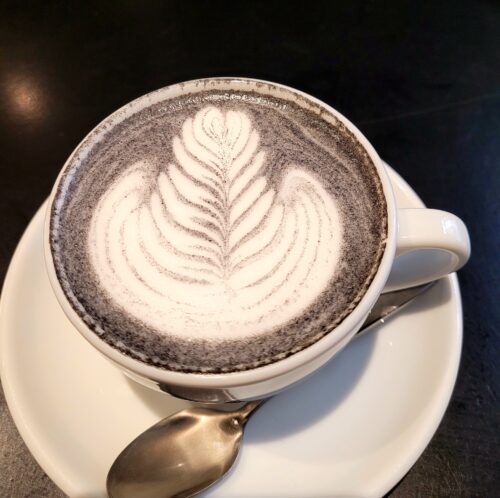As a visitor, Madrid had always felt intense. For better or for worse. Its culture is undiluted. Its streets and tabernas — teeming with cacophonous herds. Its people — direct, vibrant, overflowing. The language — impenetrable and unrelenting.
Also, the meals — abundant, and late. And store and office hours — incomprehensible.
As a historically imperial city, land-locked in the very center of the country, it didn’t care to be anything else. While its coastal neighbors were being transformed by centuries of immigrants, Madrid was a stronghold for the Spanish way of life.
*
I love a coffee shop, and I love cities with a specialty coffee shop culture. You know the kind — cozy and bright spaces; soothing playlists; Chemex on display; serving coffees, lattes, and chia bowls. Their young international english-speaking staff in pink socks take your orders and talk bean origins and roasting methods. Digital-generation customers nurse their drinks, minding nothing else but their laptops.
To me, these places feel like a neutral safe space. They call out, “Rest your weary backs on our subway-tiled walls and pretend, for a lingering moment, that you’re home. Or in East London. Or Brooklyn. Or Melbourn. Or Berlin. Or heck, even Manila.”
*
The traditional Madrid coffee shop, on the other hand, is not a neutral space. It is ‘cafeteria’. Like Madrid, they are loud and spirited.
The disorganized bar, laminated tables, and napkin-strewn floors belie any intentional aesthetic considerations. Surly men serve 10 customers at a time and dispatch of them with admirable efficiency.
The coffee culture in Madrid is transactional. Customers approach the bar, order their cafe solo, chug it while catching a bit of news on the overhead TV, and leave. If they stay, it is to gab emphatically with friends and family over food. There are old people, young people, children; the whole village.
There is no spotify playlist to appreciate, no non-dairy milk options to choose from, and absolutely no laptop in sight.
*
Very recently, however, specialty coffee shops have sprouted hard and fast around Madrid. Mostly founded by expats, they cater to an equally international customer base of travelers and migrants who, judging by their strong endorsements, have been hankering for these spaces just like I have.
*
I sip my black sesame latte and think about coffee and culture.
On the one hand, I am thrilled that in a full-on city such as Madrid, I can finally escape into any of these happy spaces. But at the same time, I am unsettled by this trajectory.
Because to travel is to expand; to tear us away from our everyday. To travel is to be part excited, part uncomfortable. It is to allow a new place, in all its distinctiveness, to dictate our experience and leave a mark on us.
However, as post-pandemic travel and migration rise at remarkable levels, visitors are making their mark on their destinations. The cross-pollination of cultures and tastes seem to be producing increasingly standardized cities. Extremes and Uniqueness are moving towards an Average. Paris is finding its smile; Tokyo is discovering a bit of chaos. Fortress Madrid has sprouted specialty coffee shops and vegan restaurants. Will restaurants soon be serving dinner at 7pm?
The homogenization of cities is a sign of cultural gentrification on a global level. We trade in a city’s essence for what is universally agreeable. In the near future, travel may no longer be associated with novelty and growth. Rather, it may be simply about posing in front of a famous landmark, but being assured of comfort and predictability. For better or for worse.

